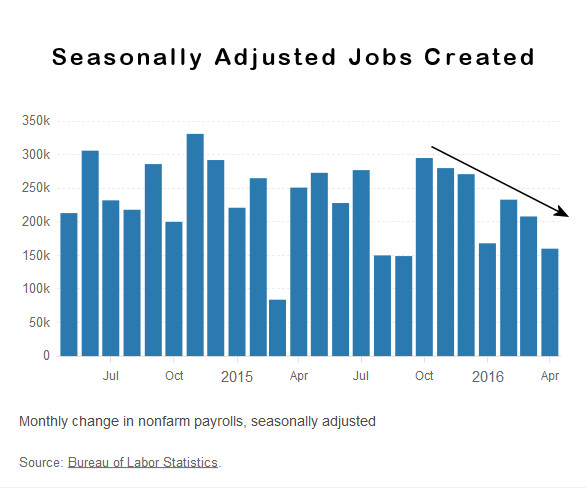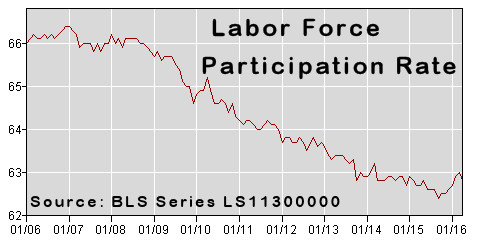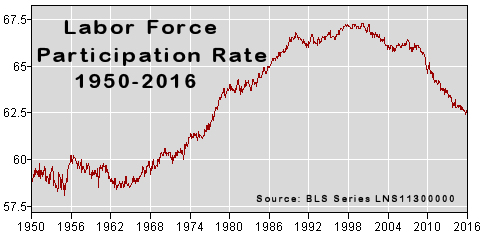Highlights from the Bureau of Labor Statistics (BLS) employment / unemployment report for February released on March 5th.
- Unadjusted U-3 was Down from 6.8% to 6.6%
- Adjusted U-3 was Down from 6.3% to 6.2%
- Unadjusted U-6 was Down from 12.0% to 11.6%
- Labor Force Participation held steady at 61.4%
- Unadjusted Employment rose from 140.948 million to 141.926 million
[Read more…] about February Employment Shows Improvement in Leisure and Hospitality

 On a seasonally adjusted basis employment has fallen while on a non-adjusted basis the actual number of non-farm employed has increased from 142.887 Million to 143.944 million for a net increase of 1,057,000 jobs but since April traditionally sees a large increase in seasonal workers the seasonally adjusted number says that we were only 160,000 jobs better than what we would expect if there were zero jobs growth.
On a seasonally adjusted basis employment has fallen while on a non-adjusted basis the actual number of non-farm employed has increased from 142.887 Million to 143.944 million for a net increase of 1,057,000 jobs but since April traditionally sees a large increase in seasonal workers the seasonally adjusted number says that we were only 160,000 jobs better than what we would expect if there were zero jobs growth.
